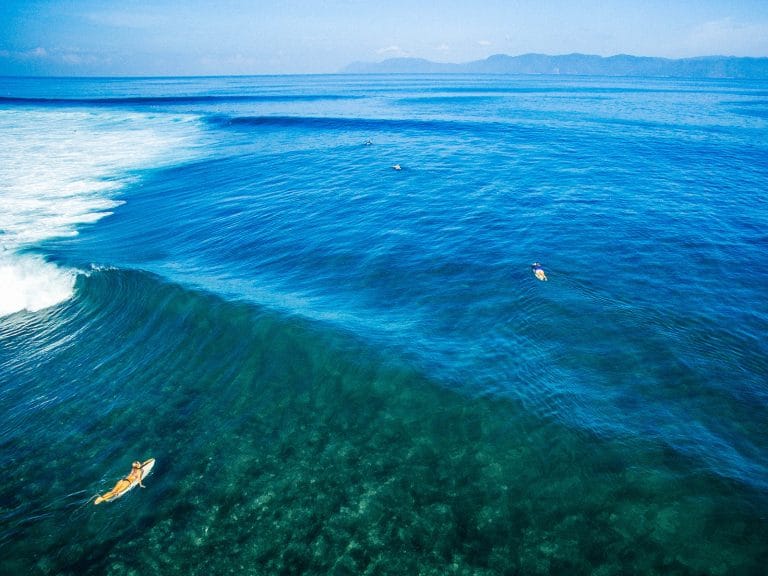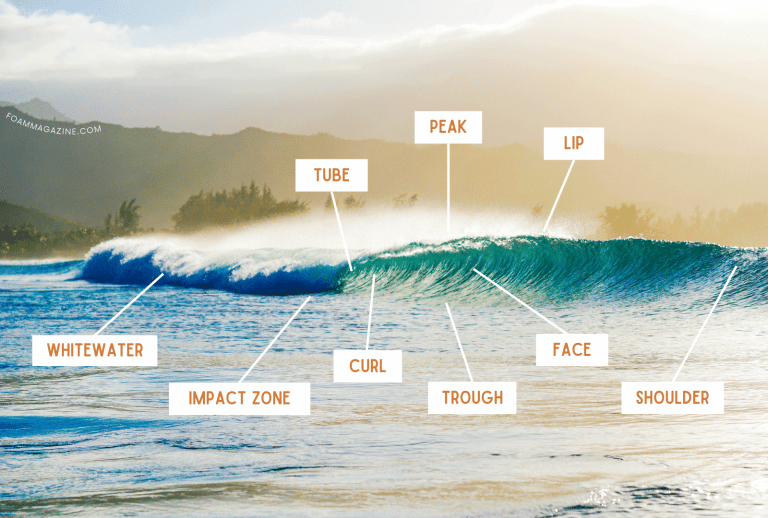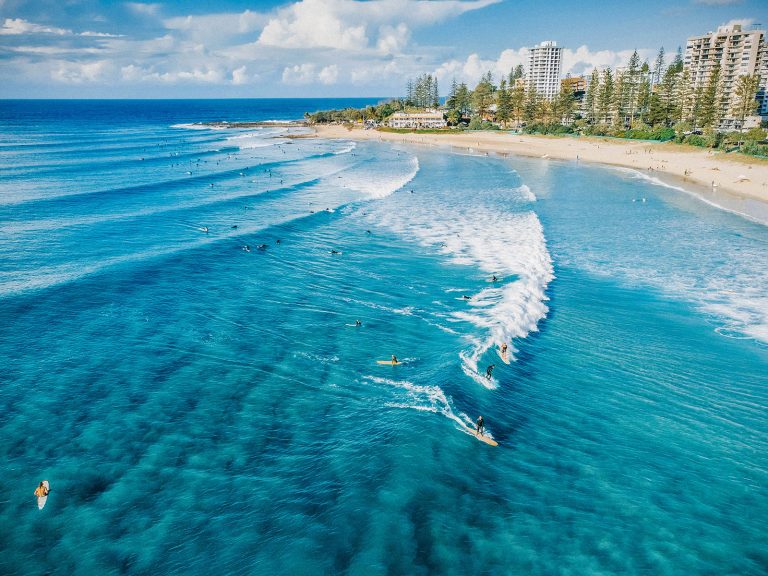Wave Period: Understanding the Magic Number
Wave period, swell period, interval—they all mean the same thing, and understanding this number is key to reading a surf forecast.
That’s because so much of surfing is based on physics: wind velocity, wind direction, swell energy, and of course, surfing itself. The wave period is the magic number that ties it all together into a single snapshot to predict what the waves will be doing in any given surf spot.
But how can you interpret that number to decide whether or not to paddle out? Let’s dive in.
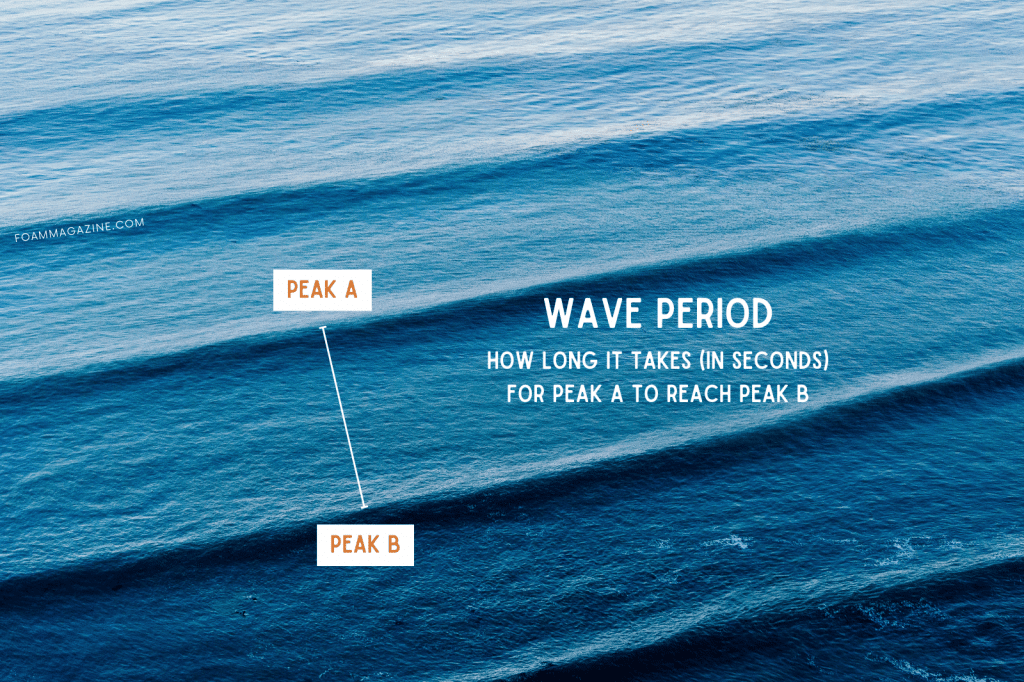
What is a wave period?
To put it simply, a wave period is the time it takes for two successive crests in a swell to pass a specified point. The wave period is measured in seconds—for example, one wave every eight seconds.
This is easier to understand if you can picture it manually. Let’s say you’re at the beach and there’s a boat anchored beyond the breaking zone. You can count the seconds between one wave going under the boat and the next. Or, the seconds between one wave hitting a rock and the next, or one wave passing a buoy to the next—and that would give you an approximate wave period.
In fact, thousands of ocean buoys dotted around the world are used to calculate a whole range of weather variables, and they’re particularly useful when they’re located near a surf spot and can give us some intel on the wave direction, wave height, and wave period for that area.
When it comes to wave periods, these numbers show up in swell charts as anywhere from 1 to 20 seconds or more.
Why numbers—plural? Because there are often multiple sets of waves in the ocean at any given time, and they can all influence the surf conditions at a local break.
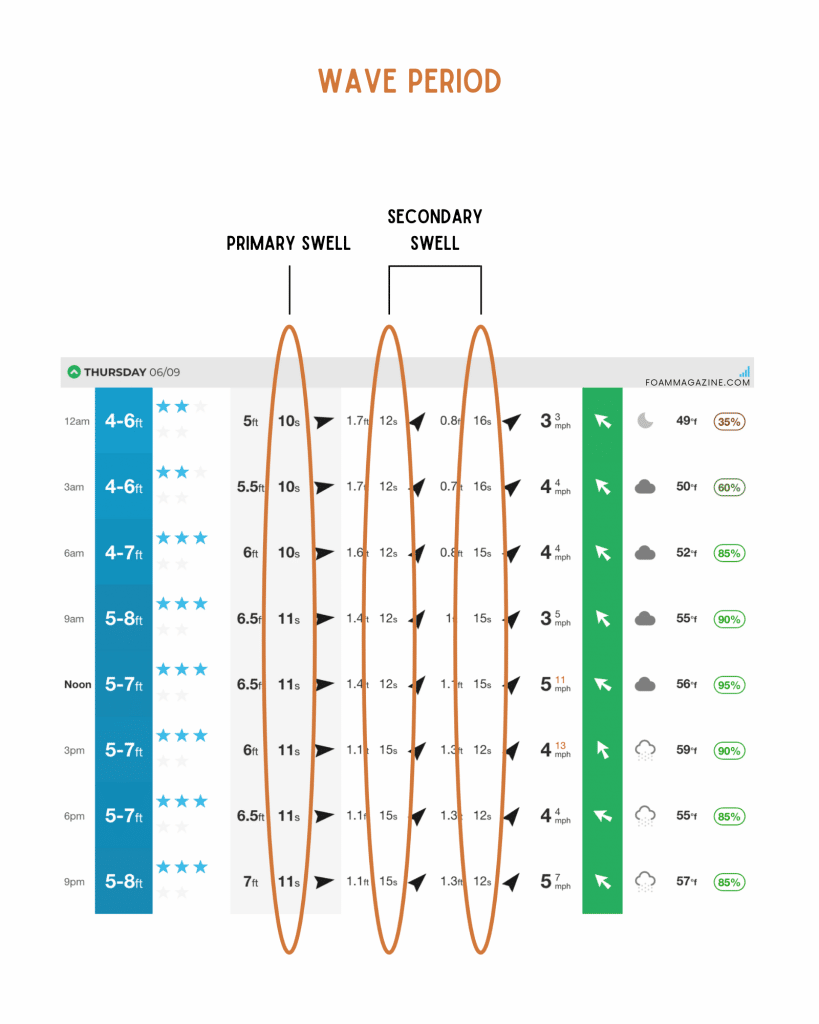
Why is the wave period important?
The holy grail for surfers is a long-period wave—what’s known as a ground swell. (Here’s a breakdown of how swells are formed, if you want to go into it further.)
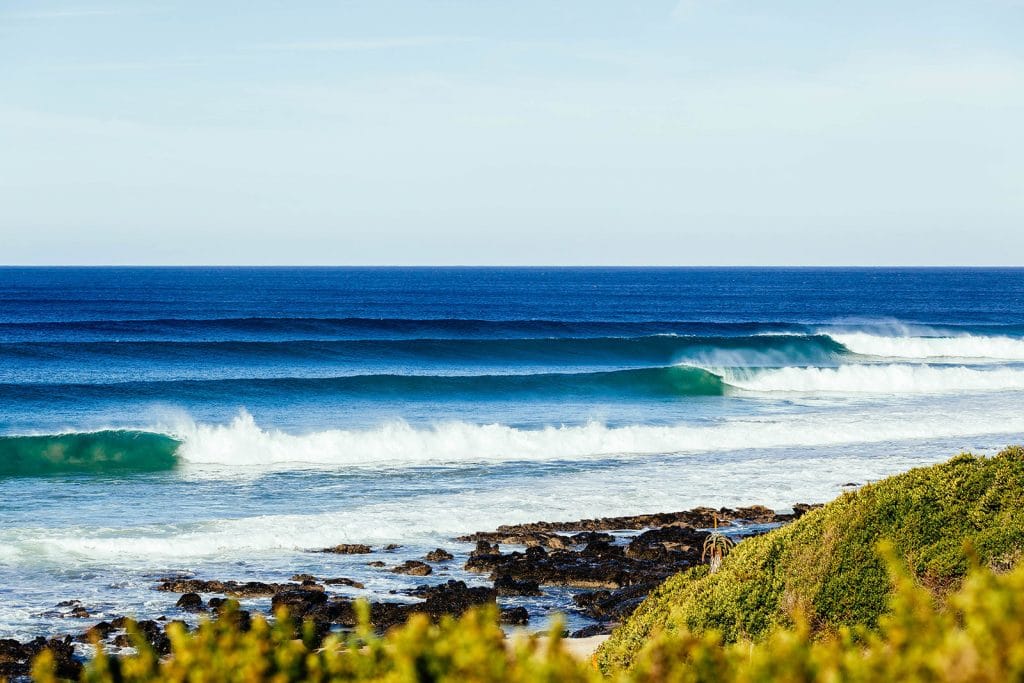
That’s because the longer the wave period, the farther out to sea the waves were generated. This gives them more time to harness energy and pick up speed as they travel vast distances across the ocean. When long-period waves finally reach the shore, they’re generally larger, steeper, and cleaner, and form organized sets that make it easier to predict where and how the waves will break.
On the other hand, if you know that a shorter wave period is coming in, you can assume the waves will be weaker, slower, or smaller, which is typical of wind swell vs. ground swell.
What do different wave periods mean?
Every surf forecast will show wave periods as part of its swell chart. While these are the magic numbers you should know, there isn’t a single “magic” number to look for—it all depends on the types of waves you want to surf and the characteristics of your local surf break.
Reef and point breaks generally need longer wave periods to really come alive, while the same long-period waves will often close out quickly at beach breaks.
Knowing what wave period works best for your surf spot will come with time and observation. But, the chart below can serve as a good starting point for interpreting the wave periods on your local surf report.
| Wave period | What this means for surf |
|---|---|
| 1 to 4 seconds | Forget about it—this swell is so small and weak that it can almost never be surfed. Waves in this range are typically caused by strong local winds and appear lumpy and choppy without any sort of order. |
| 5 to 6 seconds | These waves are still in the early stages of being formed, and much of what’s described for 1- to 4-second intervals holds true for this range as well. Strong onshore winds make for subpar surfing, but occasionally you might find the odd, weak, surfable wave if you’re really desperate. |
| 7 to 9 seconds | This is a decent windswell producing average surf, but nonetheless the waves are considered ridable, especially for areas that don’t get great surf. If you’re lucky, a change in wind direction may improve the quality of the waves, so offshore conditions are possible if you stick it out. |
| 10 to 12 seconds | In this range, the swells are starting to move away from the storms that created them, traveling some distance in the open ocean before they break. Waves produced by mid-period (or medium-distance) swells are often quite good, and can offer some of the best surf on sandy beaches. |
| 13 to 15 seconds | This interval range is where we enter groundswell territory—the clean, organized sets coming in from faraway storms, but without the strong winds that created them. This means the surf is typically calm yet powerful, with defined waves that look a lot more lined up. If everything else falls in place, you’ll see some epic waves. Get out there! |
| 16+ seconds | Swells in this range are generated by super distant, extremely powerful storms. They often travel across the largest oceans to reach the beach, picking up an incredible amount of speed and energy. At the right spot, the surf will be large and in charge! But, these big wave periods don’t always equate to epic waves, and only certain point and reef breaks can handle such high-energy swells. |
Like I mentioned, this chart is merely a starting point to help you decipher what all those different intervals mean. Remember that a shorter-period swell could actually be good training ground for beginners even though experienced surfers might call it flat; and a pumping 15-second swell has all the hardcore surfers paddling out but those same conditions could be dangerous for someone who’s still improving.
There’s much more to a quality surf session than the wave period, which is why surf forecasts also include other useful bits of info like wind speed, swell height, swell direction, and weather.

